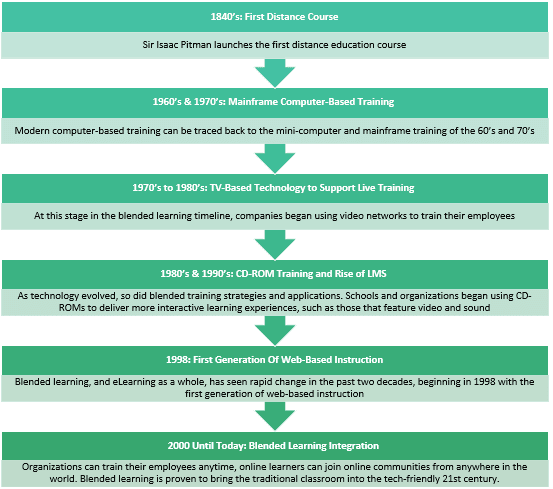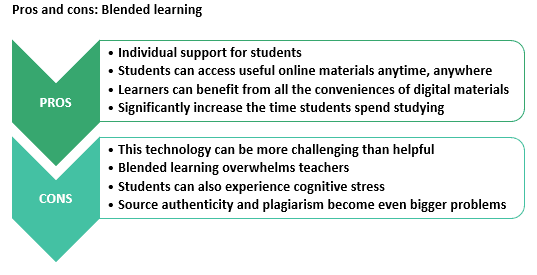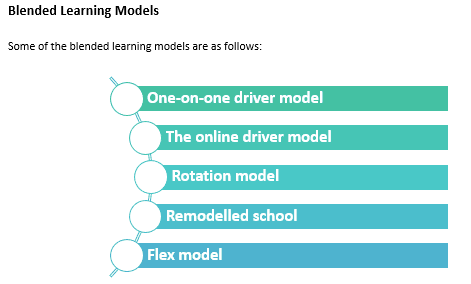Blended Learning: Empowering Students through Digital Innovation and Personalized Instruction
Blended learning
Blended learning, also known as hybrid learning, is an approach that combines online materials and opportunities for online interaction with traditional place-based teaching methods.
What is the main goal of blended learning?
As with any type of mannequin, you should start with a goal. The purpose of training is not only to provide learners with clear information but to enable them to create more targeted programs that provide learners with the necessary skills and knowledge.
The history of blended learning



- One-on-one driver model- Most typical classroom settings are provided by this style. This method typically results in fewer students taking further online training since it focuses on meeting the requirements of those students who are having difficulties or want to go above and beyond.
- The online driver model- This strategy completely focuses on the digital delivery of education, making it the reverse of brick-and-mortar learning. It integrates both synchronous and asynchronous learning (live webinars, peer-to-peer training sessions, etc.) and (self-paced study of courses) respectively
- Rotation model- In this technique, students are divided into smaller groups and given a variety of tasks to complete in turns at various levels
- Remodelled school- The saying “online learning, offline application” sums well this concept. A flipped classroom reverses the order of lectures and practical homework assignments. Before class, students review new material at home, and in-class time is spent actively learning and putting newly acquired abilities to use.
- Flex model- The Flex model gives students control over their education. Students or employees can switch between activities according to their needs. Both online and offline activities are possible. There are always teachers or instructors on hand to provide guidance and support for students as needed.
Conclusion
Blended learning has both positive and negative aspects, just like any other technique. Self-Paced Learning combined with in-person instruction can be effective, but only under carefully considered circumstances. There are sometimes risks in over-balancing the rewards because not all students are willing to defend themselves while learning. For some of them, this modern educational environment can be motivating, while others feel confused about it.
However, we believe that the limitations of this strategy can be overcome if teachers keep an eye on their students and give them enthusiastic support, the lessons will be of more quality.
Author: Dipanshi Singh
